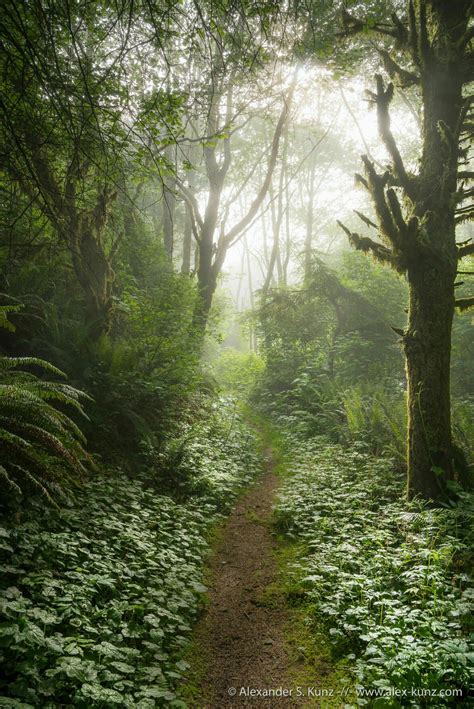End Foggy Trail Camera Days: Simple, Effective Tips
Trail cameras are fantastic tools for wildlife observation, security monitoring, and even documenting the changing seasons on your property. But nothing frustrates more than reviewing your SD card only to find blurry, foggy images. This article will provide simple, effective tips to banish foggy trail camera photos and ensure you always capture crisp, clear images, no matter the weather conditions.
Why are my trail camera pictures foggy?
Foggy trail camera pictures are usually caused by condensation forming on the lens. This happens when there's a significant difference in temperature between the camera's lens and the surrounding air, particularly in humid conditions. Dew, rain, or even rapid changes in temperature can contribute to this problem.
How to prevent fog on your trail camera lens?
Several strategies can effectively minimize or eliminate lens fogging:
1. Choosing the Right Location: Strategic Placement is Key
The placement of your trail camera significantly impacts the likelihood of fog. Avoid low-lying areas prone to collecting moisture, such as valleys or areas near water sources. Instead, opt for higher ground with good air circulation. Slightly elevated positions help prevent pooling of moisture near the lens.
2. Using a Protective Case or Housing
Investing in a waterproof and weatherproof trail camera housing is a game-changer. These housings act as a buffer against temperature fluctuations and humidity, significantly reducing the chances of condensation forming on the lens. Look for housings specifically designed for your camera model.
3. Regular Cleaning of the Lens
Regularly cleaning the lens is crucial. Use a soft microfiber cloth and lens cleaning solution specifically designed for camera lenses. Avoid harsh chemicals or abrasive materials that could scratch the lens. Cleaning the lens before deployment and periodically throughout its usage will remove any existing dust or debris that could contribute to moisture buildup.
4. Silica Gel Packs: A Simple, Effective Solution
Silica gel packets, often found in shoe boxes and electronics packaging, are highly effective at absorbing moisture. Place a few packets inside the camera's housing or nearby (but not touching the lens) to help control humidity levels and reduce the likelihood of condensation. Remember to periodically replace the silica gel packets as they become saturated.
5. Consider the Time of Year and Weather Conditions
Fog is more likely to occur during certain seasons and weather conditions. In areas with high humidity, frequent rainfall, or significant temperature swings, consider deploying your trail cameras during times of the year when fog is less prevalent. You might also need to employ more aggressive anti-fog strategies during these times.
6. Using an Anti-Fog Lens Coating (if available)
Some trail cameras feature lenses with an anti-fog coating. This specialized coating repels moisture and reduces the formation of condensation. Check your camera’s specifications to see if this feature is available; if so, it can significantly reduce fogging.
What if my trail camera is already foggy?
If you've already encountered foggy images, there are a few things you can try:
- Wait it out: If the fog is caused by temporary condensation, simply waiting for the temperature to stabilize might resolve the issue.
- Gentle warming: If the camera is very cold, gently warming it in a controlled environment (never near direct heat sources) might help disperse the condensation. However, rapid temperature changes can make the situation worse, so proceed with caution.
By implementing these simple yet effective tips, you can significantly reduce, if not entirely eliminate, the frustrating problem of foggy trail camera images, ensuring you capture consistently clear and detailed footage of the wildlife and activities occurring on your property. Remember that proactive measures are key to preventing fog before it ever becomes a problem.

